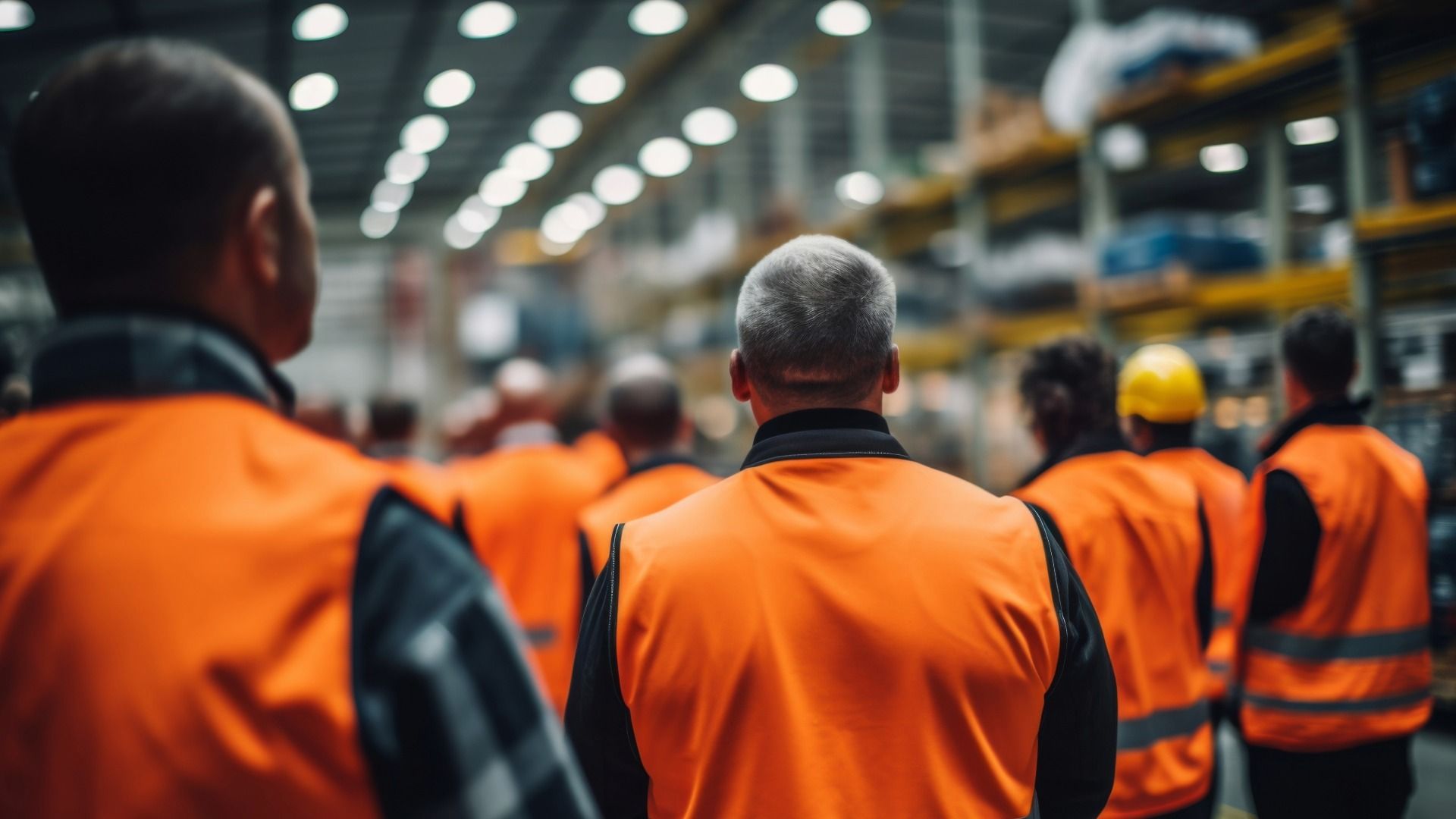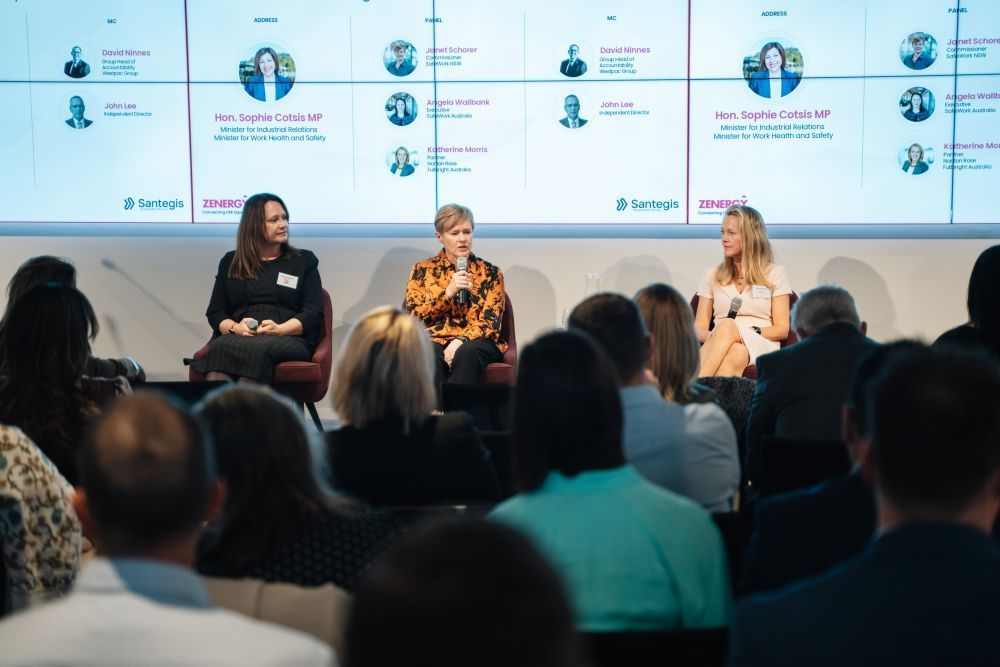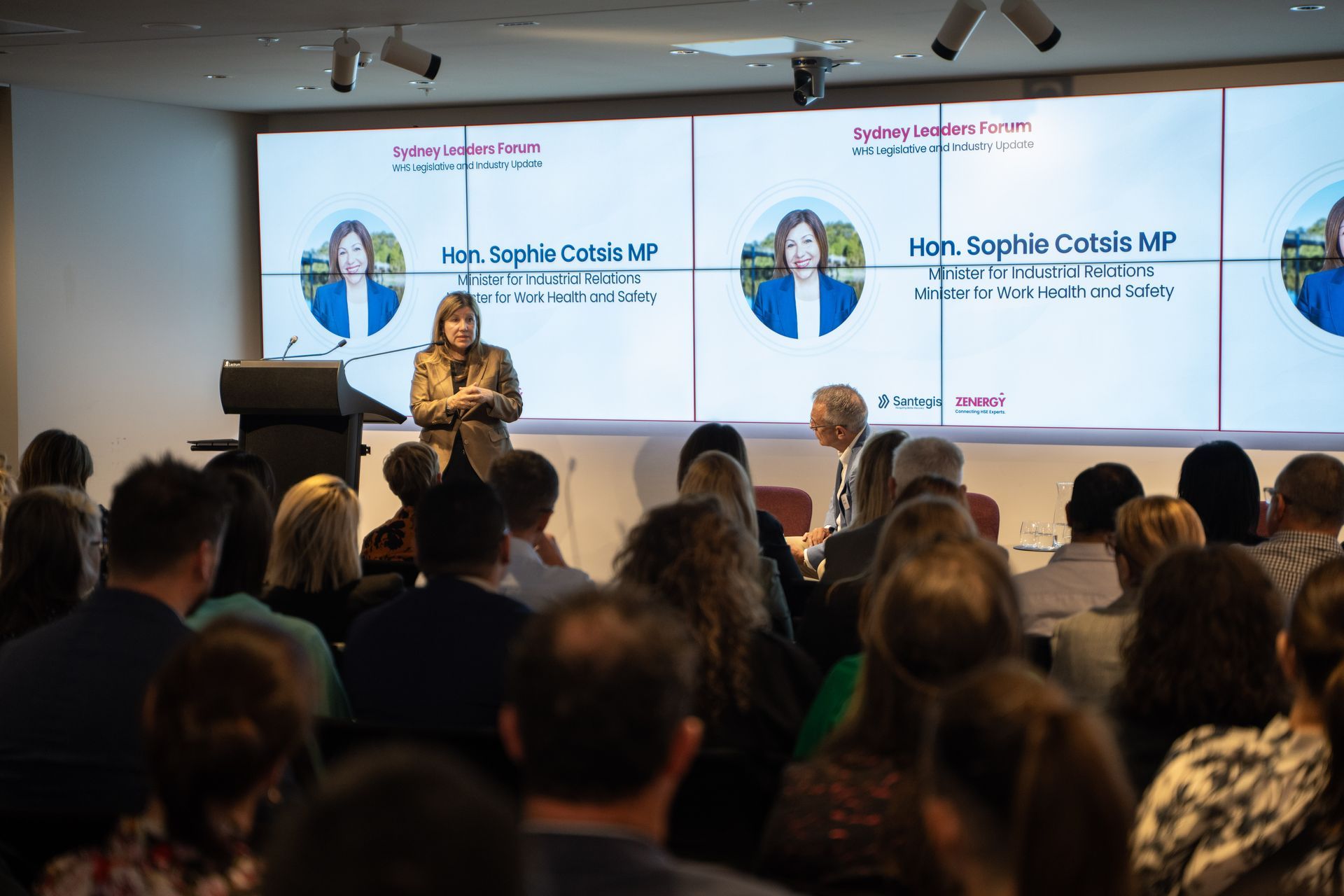Who Is Responsible for Workplace Health and Safety? A Guide for Employers
Who is responsible for safety in the workplace? Learn employer WHS obligations in Australia and how to meet compliance standards.

In Australia, workplace health and safety is governed by clear legislation designed to protect workers and others from harm. At its core is the principle of duty of care—the obligation every business has to provide a safe working environment.
This duty extends beyond physical hazards to include psychological health, ensuring that risks such as stress, fatigue, and bullying are also managed. The question many employers ask is: who is responsible for safety in the workplace? The answer is shared, but responsibility is not equal.
Employer Responsibilities Under WHS Law
Under the WHS Act, the primary duty of care falls on the “person conducting a business or undertaking” (PCBU)—most often the employer or business owner. This includes:
- Providing and maintaining safe systems of work.
- Ensuring safe use, handling, and storage of machinery and substances.
- Maintaining a safe workplace and facilities.
- Providing workers with training, information, and supervision.
- Monitoring the health and safety of employees.
Employers cannot delegate this legal duty. Even if safety tasks are assigned to managers or contractors, the business remains accountable for ensuring compliance. Failure to meet these obligations can result in heavy fines, enforceable undertakings, or, in extreme cases, imprisonment.
The Role of Managers and Supervisors in Safety
While the ultimate duty lies with the employer, managers and supervisors play a critical role in implementing WHS. They are often the first line of defence in identifying hazards, ensuring procedures are followed, and supporting workers on the ground. Their responsibilities include:
- Communicating safety policies to staff.
- Conducting risk assessments and toolbox talks.
- Ensuring PPE is available and used correctly.
- Reporting and investigating incidents promptly.
- Leading by example in safe behaviours.
Supervisors act as the link between senior management and frontline workers, making their role in safety leadership vital.
Shared Responsibility: Employees and Contractors
Employees and contractors also share responsibility for workplace health and safety. Under WHS law, workers must:
- Take reasonable care of their own health and safety.
- Follow instructions, policies, and training provided.
- Report hazards and unsafe conditions.
- Avoid conduct that could put others at risk.
For contractors and labour-hire workers, responsibilities extend to following the host employer’s safety systems while also complying with their own employer’s WHS obligations. This shared responsibility ensures that everyone contributes to maintaining a safe workplace.
Why Employers Remain Ultimately Accountable
Despite safety being a shared effort, employers remain ultimately accountable. Courts and regulators consistently reinforce that a business cannot outsource its duty of care.
For example, if a contractor fails to follow procedures and an incident occurs, regulators will still investigate the business’s systems, controls, and supervision. This means companies must actively monitor compliance—not simply assume workers are doing the right thing.
The principle is clear: while others play a role, accountability rests with the employer.
How Hiring WHS Experts Protects Your Business
Managing WHS obligations requires expertise, time, and consistent effort. Many businesses—particularly in high-risk industries—benefit from hiring dedicated WHS professionals. These specialists provide:
- In-depth knowledge of WHS legislation and compliance.
- Practical systems for hazard management and incident response.
- Training programs that build safety awareness across teams.
- Cultural leadership to embed safety into everyday behaviours.
At Zenergy, we connect businesses with skilled workplace health, safety, and sustainability professionals across Australia. From Safety Advisors to WHS Managers, our candidates help companies meet compliance standards, reduce risk, and create safer environments for all. Reach out to us to learn how we can help your team.






